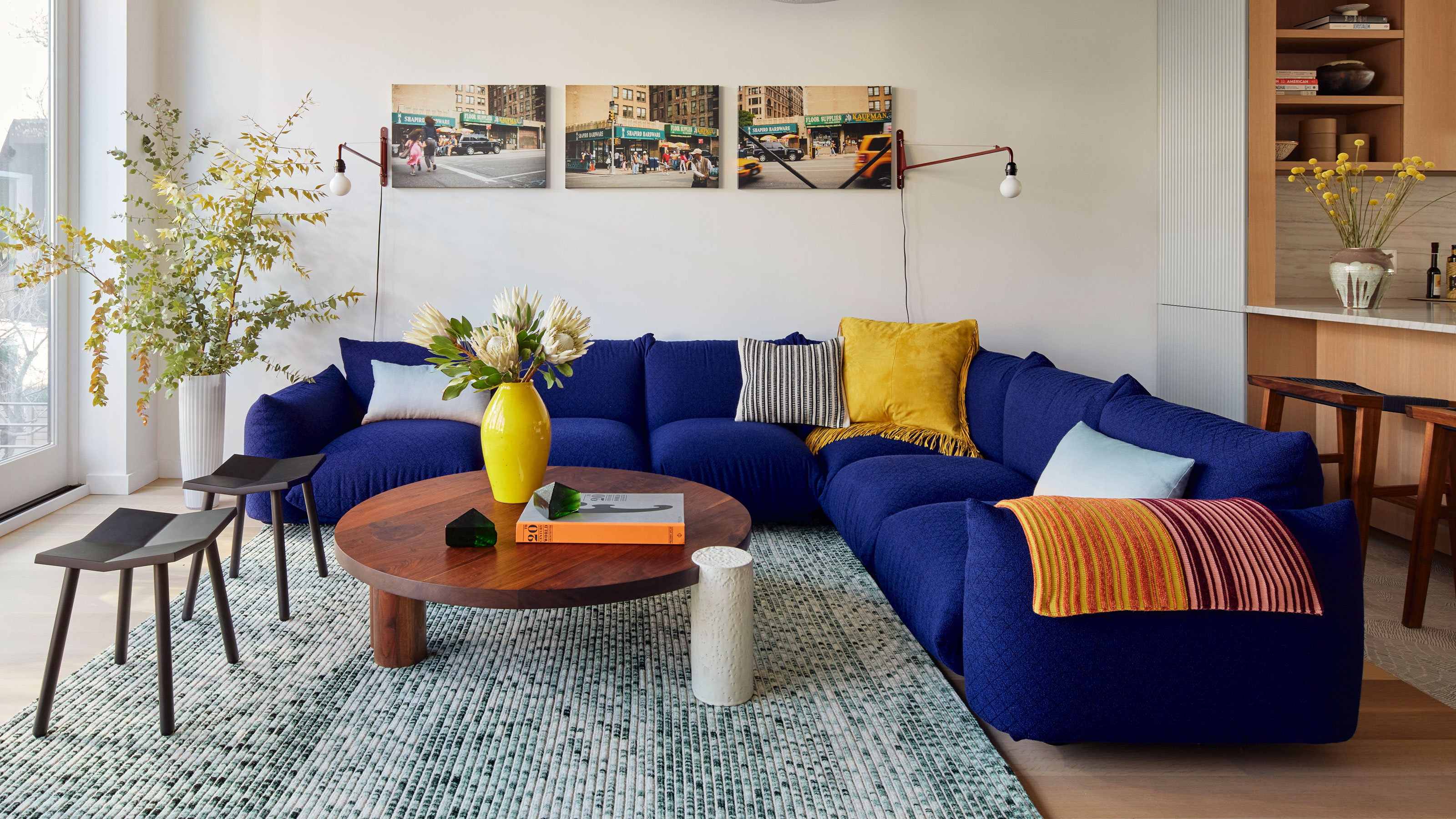
Some rooms are meticulously put together yet somehow still look and feel flat, and they often suffer from the same problem: they haven't considered how critical contrast in interior design is. Cohesiveness is a desirable goal, but matchy-matchy, not so much.
Think of plain versus pattern, sleek versus rough, curves versus straight lines, and color combinations such as black and white or blue and yellow, and you’ll understand why a room that offers contrast is more pleasing to the sense of touch and sight.
Contrast is an interior design principle that is constantly in designers’ minds when they’re selecting colors, furniture, objects, upholstery, and materials for a room, as it prevents cohesiveness straying into monotony. To enable you to do the same, we asked them for their best tips and tricks when it comes to perfecting contrast in interior design, which we've shared below.
What Is Contrast in Interior Design?
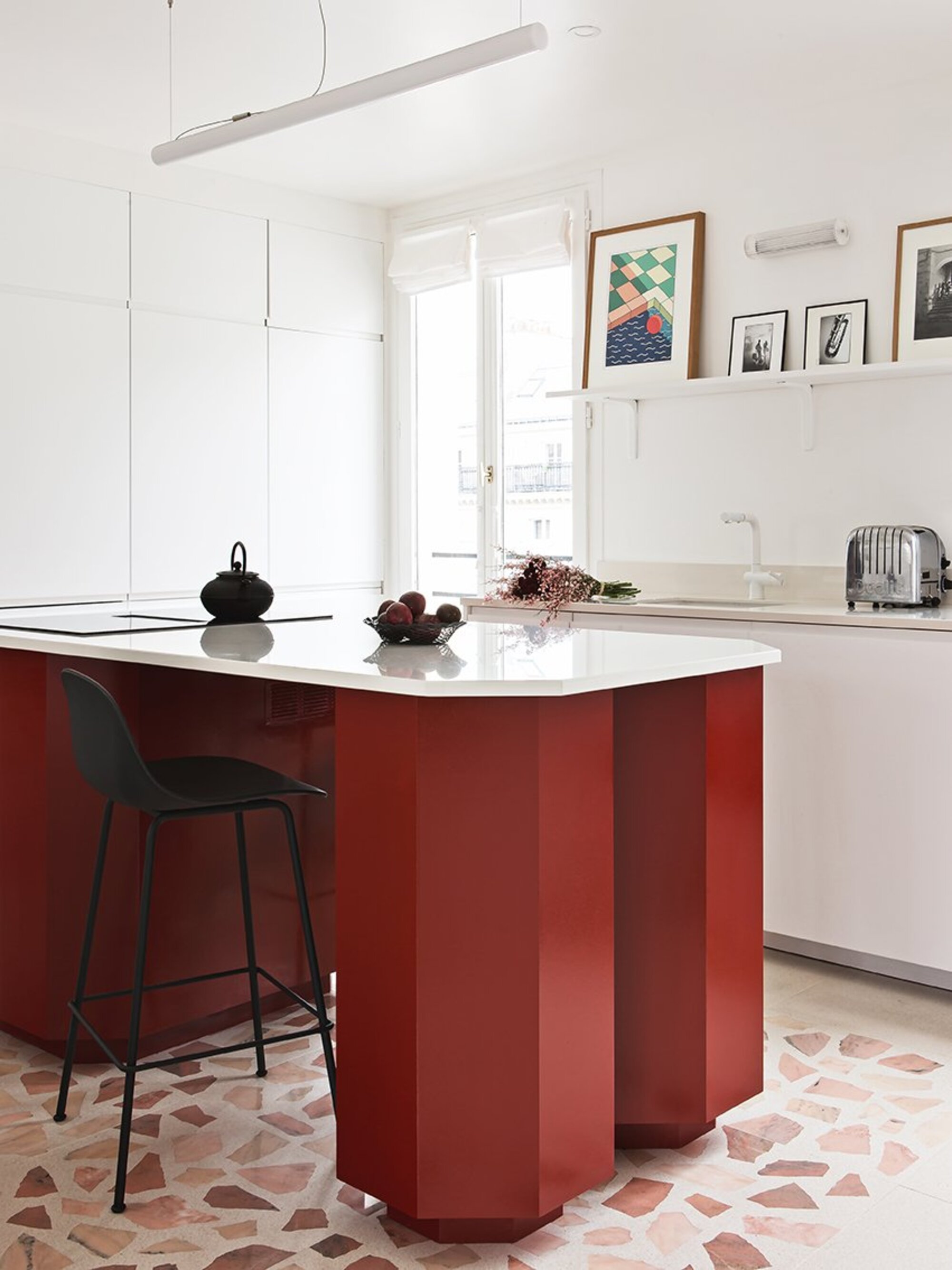
“Contrast simply means visual juxtaposition created by adjacent items that may initially be seemingly at odds with one another,” explains Mark Williams of Williams Papadopoulos Design.
And there are a whole host of different ways to create it when decorating. “Contrast can come in many forms such as an antique buffet next to a Wassily chair, a dark color next to a light color, a smooth surface next to something with significant texture, a traditional African craft piece next to a Barbara Hepworth sculpture from the mid 19th century…" says Mark. "The list is infinite."
How Should Contrast Be Used in Decorating?
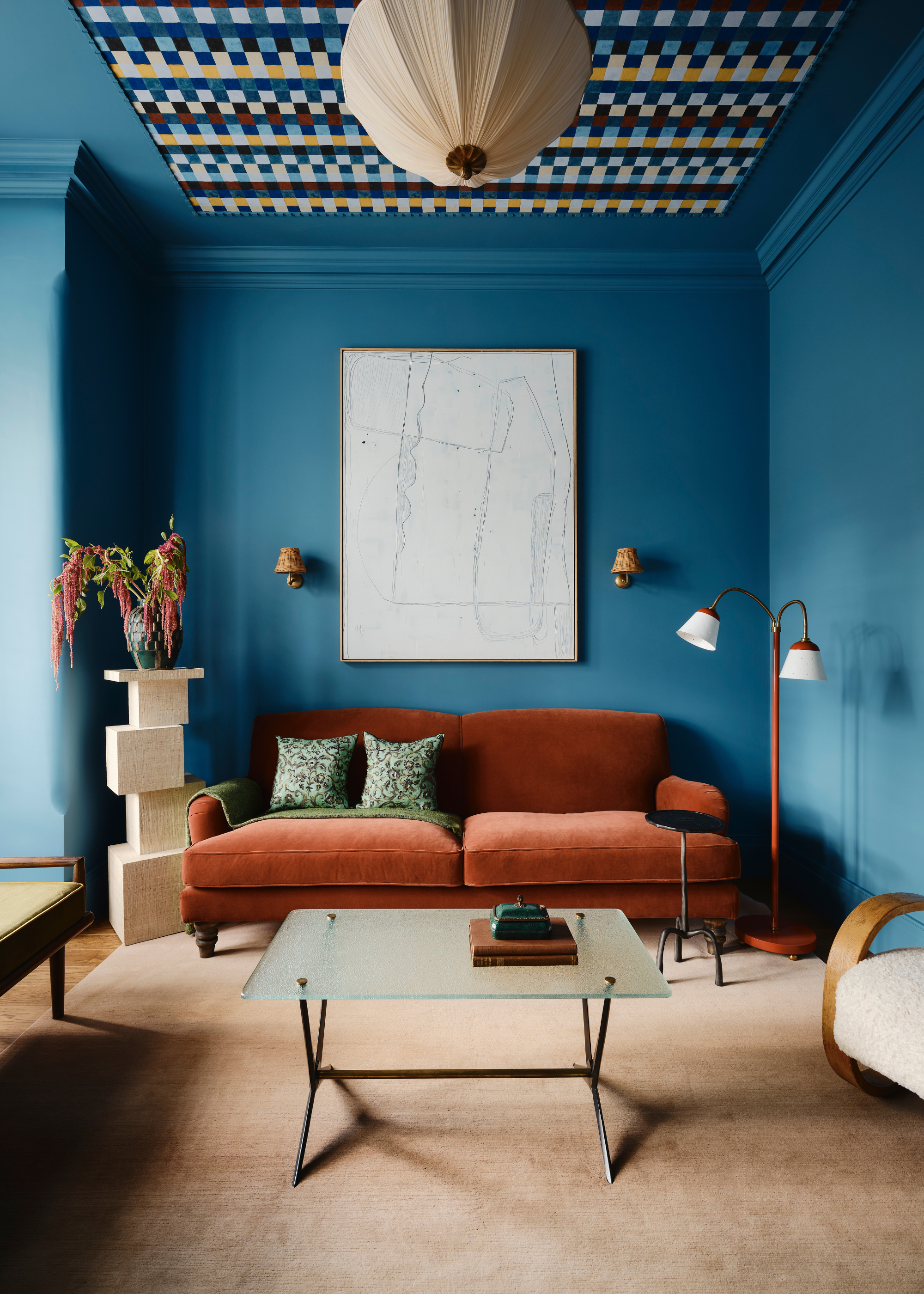
It’s possible to create contrast in all the elements of a design. “The medium really doesn’t matter: furniture choices, color, pattern,” explains Mark. “Contrast can be created anywhere.”
Color theory makes it simple to create contrast since you can easily choose colors from opposite sides of the wheel. But it’s also possible to achieve contrast in monochrome designs, by using different shades of the same color. Or you might contrast warm and cool colors. Interior designer Colleen Bennett of CBB Design Firm suggests as an example, “I would use a really deep color for a statement wall or focal point and then a light sofa in the front, and then I would bring in a rug that blends it all together.”
Think about shape, too, creating contrast between curvaceous natural lines and those that are more angular and sharp. In a living room, you might combine a curved sofa with an angular floor lamp, for example.
Texture should also be considered with surfaces such as glass or metal set against natural textures, such as wood and stone. There are many opportunities to create textural contrast — between flooring and area rugs, sofa and pillows, or within a selection of items grouped together as decorative accessories, for instance.
What Is the Impact of Using Contrast in Decorating?
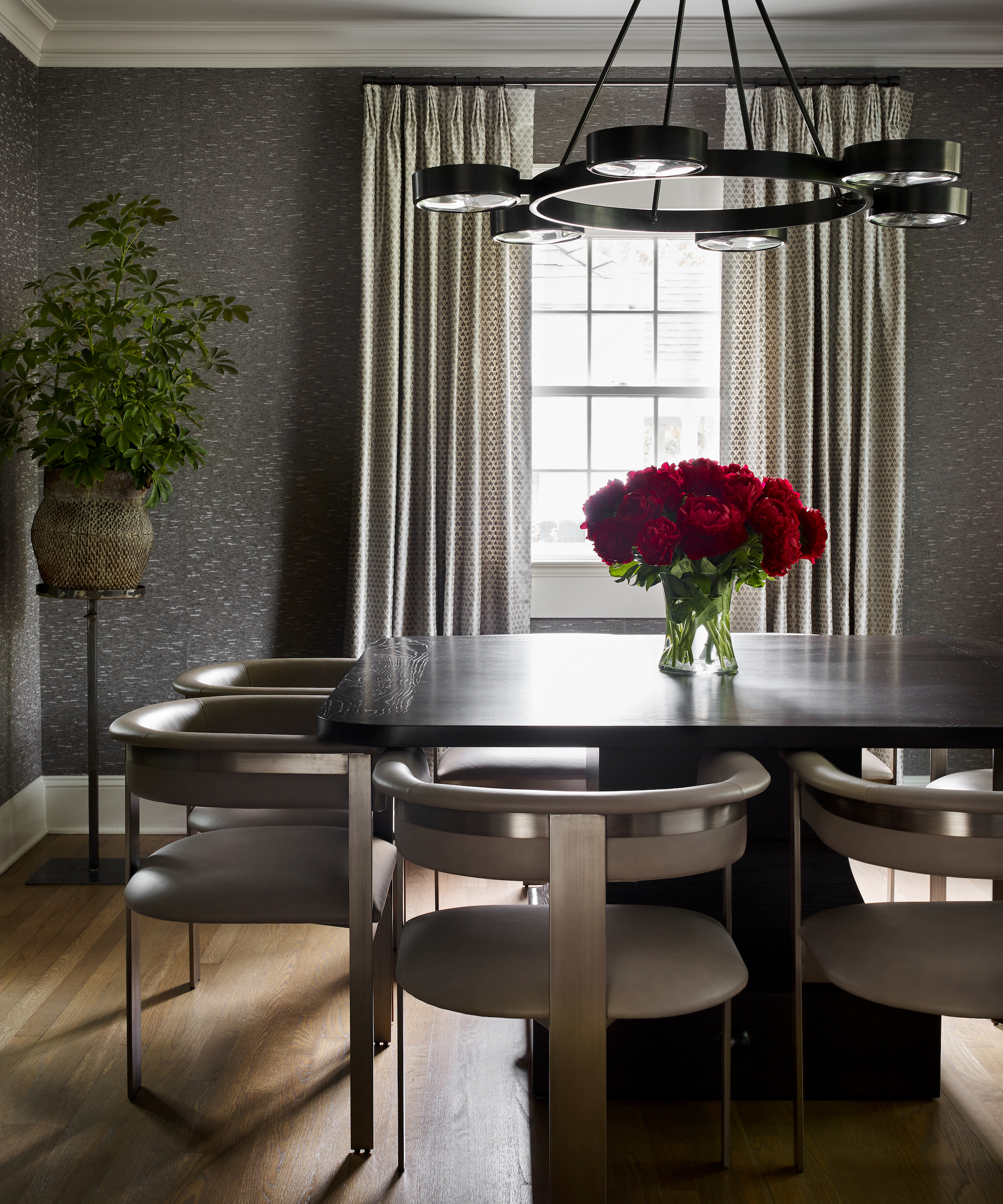
Contrast in interior design makes a significant impression on a room both in appearance and ambiance. “Contrast impacts a space by giving lots of definition,” explains Colleen Bennett. “It gives movement to a room and allows for you to have drama.”
Mark agrees that contrast is a powerful element of interior design. “The dining room (shown above) is a study in black and white, but also the hard surfaces of the architecture against the soft surfaces of the interiors,” he explains. “Contrast can even be provided by the different feelings a single space can evoke. While it’s an extremely simple palette at first glance, the balance of light and dark, soft and hard, contemporary and classic, creates a space that feels elegant, serene, and ultimately comfortable all at once.”
How to Use Contrast in Interior design
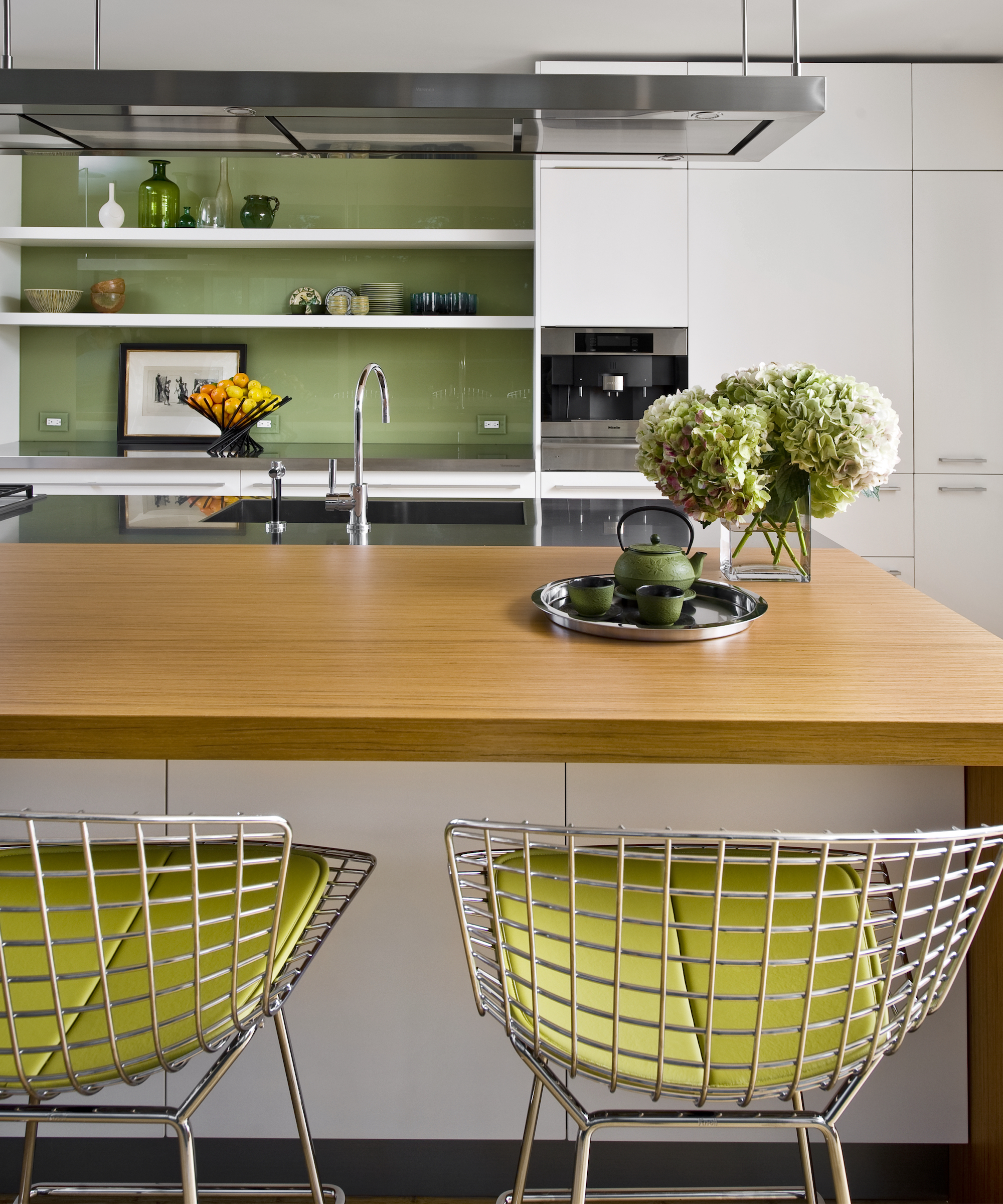
Focus on the different contrasts you might create in a room to exploit its full potential. “In this modern kitchen our primary elements were white oak, stainless steel, matte white lacquered cabinets, and apple green accents in leather and back-painted glass,” says Mark Williams.
“This is a study in contrast expressed with minimalist simplicity. Here, the natural wood grain softens the industrial slickness and durability of the inset stainless-steel kitchen worktop and appliances. While the glossy back-painted backsplash is a punchy counterpoint to the simple matte white cabinetry.
“These individual materials in isolation aren’t very exciting, but when used together in a balanced way, they create a bright vibrant atmosphere where it is always a pleasure to gather,” he adds.
Now that you understand why contrast in interior design is so important, why not wrap your head around other design principles, like scale in interior design.







